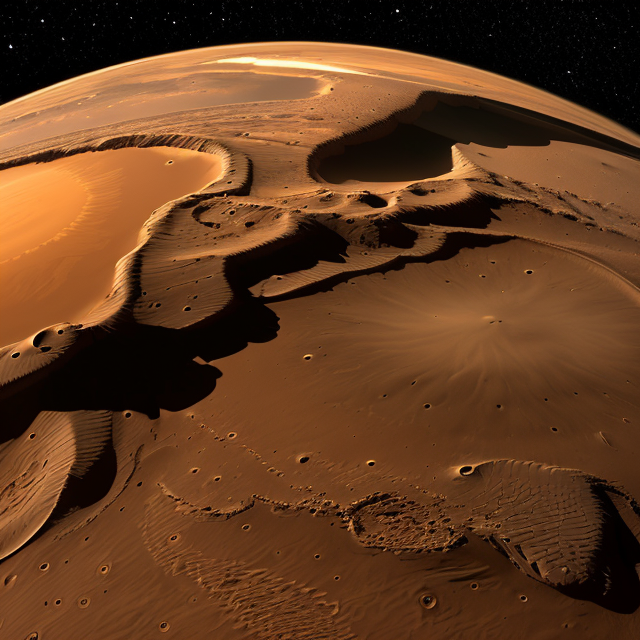|
|
Space Astro
|
Info for exoplanet "Nenruza"
| Scientific (actual) data |
|---|
| Name | Kepler-49 e |
| Planet status | Confirmed |
| Radius | 0.139 |
| Orbital period | 18.5961 |
| Semi major axis | 0.116 |
| Discovered | 2014 |
| Updated | 2021-02-05 |
| Tconj | 2454970 |
| Impact parameter | 0.27 |
| Publication | Announced on a website |
| Detection type | Primary Transit |
| Alternate names | 2MASS J19291070+4035304 e, K00248.04, KIC 5364071 e, KOI-248 e, KOI-248.04, WISE J192910.68+403530.4 e |
| Star name | Kepler-49 |
| Right ascension | 292.3° |
| Declination | 40.59° |
| Mag v | 15.5 |
| Mag j | 13.184 |
| Mag h | 12.487 |
| Star distance | 314.02 |
| Star mass | 0.55 |
| Star radius | 0.56 |
| Star sp type | M1 V |
| Star temperature | 4252 |
| Star alternate names | 2MASS J19291070+4035304, KIC 5364071, KOI-248, WISE J192910.68+403530.4 |
| Wikipedia article | Kepler-49 e |
Back
| |
| Fictional info (?) |
|---|
| Suggested name | Nenruza |
| Planet type | Planet |
| The methane has probably photodissociated, and the free ethane has been swept into interplanetary space by the solar wind because of the lack of a planetary magnetic field. |
| Atmosphere | Ethane | 66% |
| Nitric oxide | 25% |
| Methane | 7.1% |
| Hydrogen peroxide | 1.3% |
| Atmospheric pressure | 0.014 bar |
 |
| No known satellites |
| Google search for Nenruza |
|
Website by Joachim Michaelis
|
|
|
|